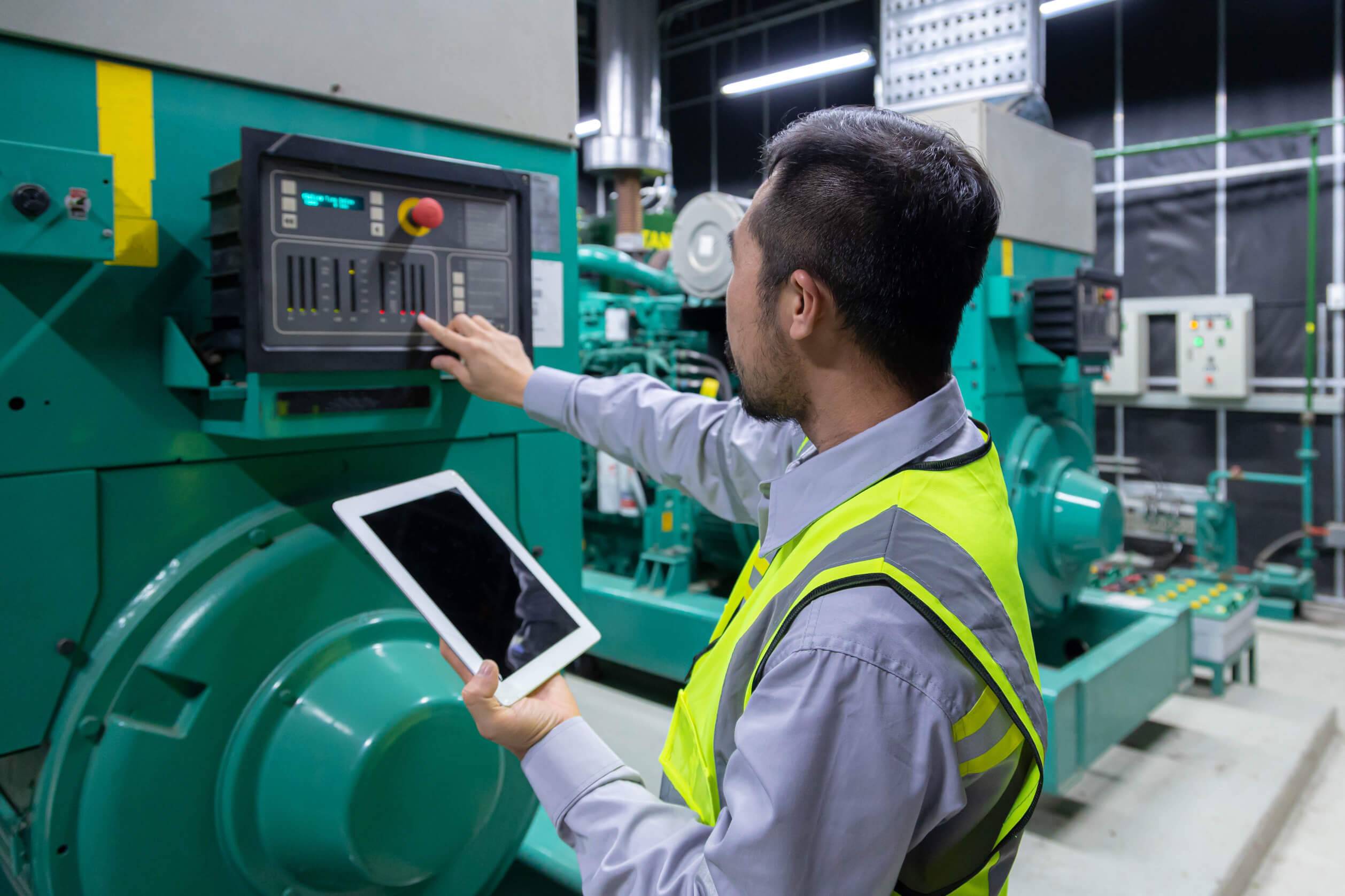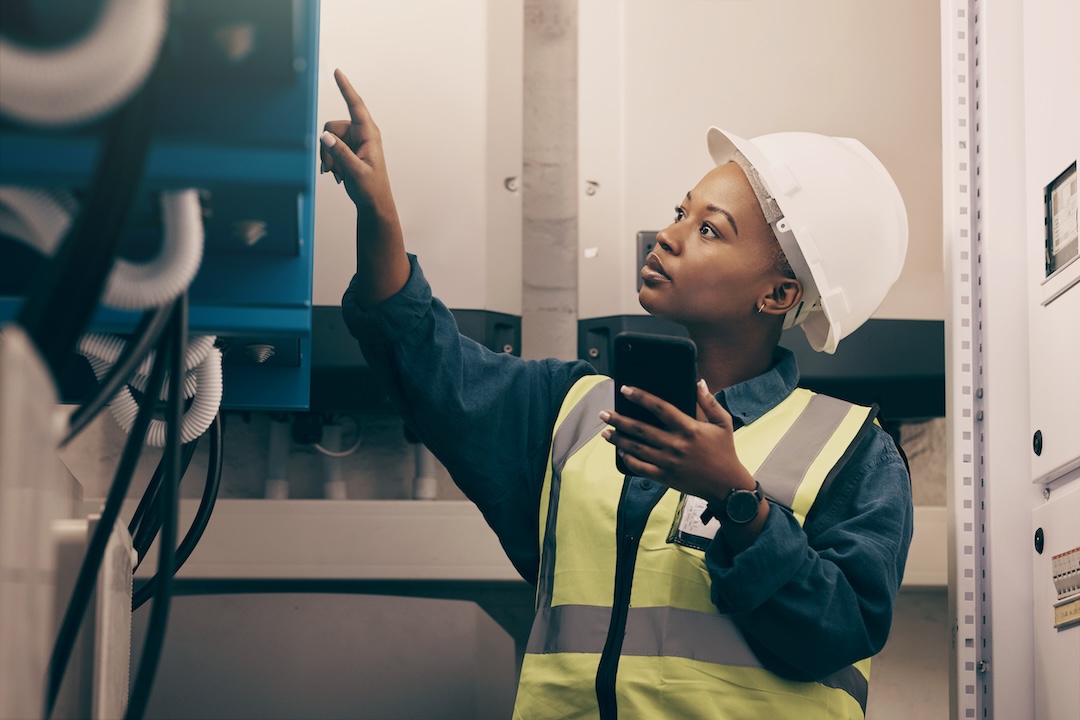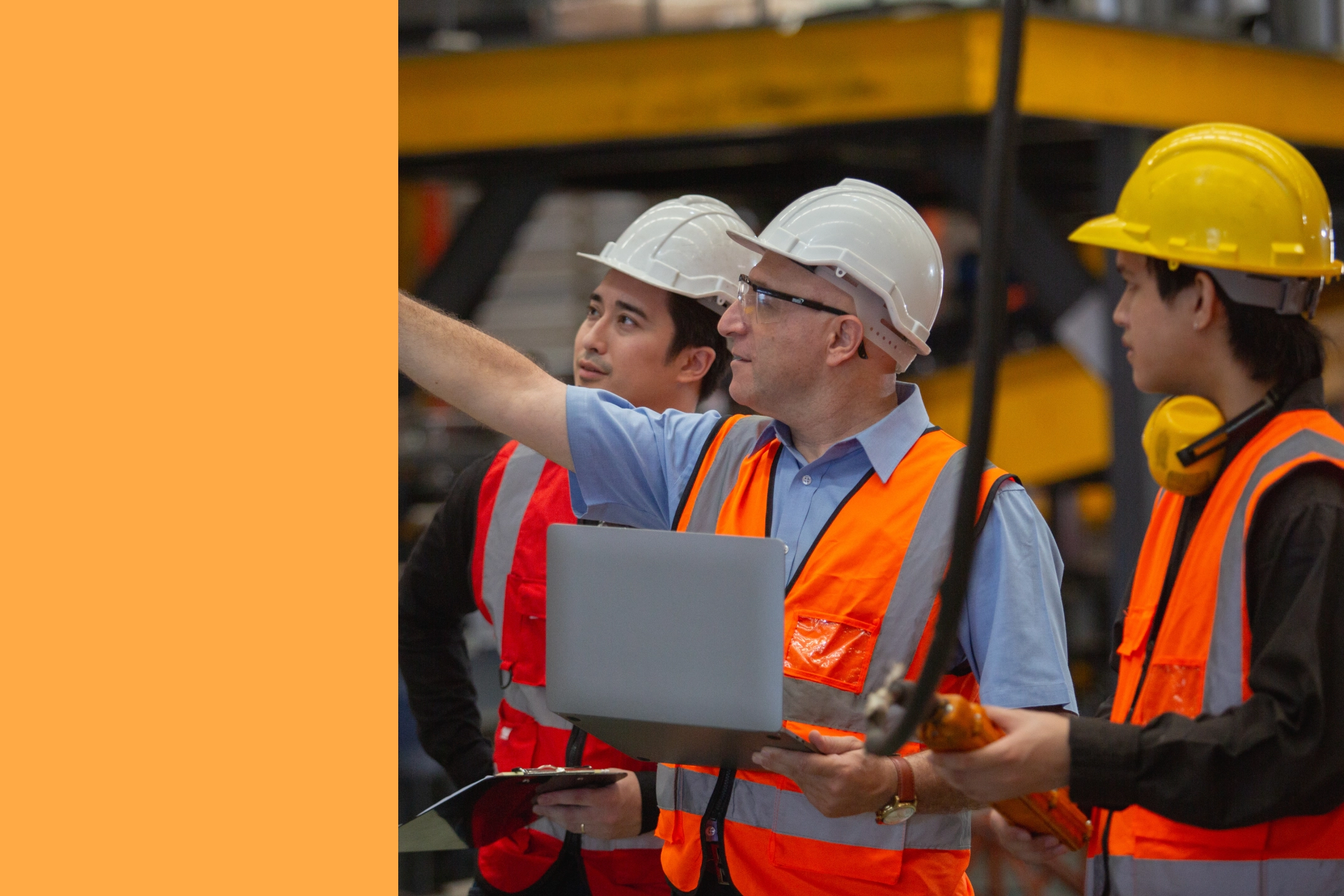
The term facility maintenance (FM) is sometimes confused with industrial maintenance and property maintenance. However, these are three unique types of maintenance.
Facility maintenance relates to non-manufacturing commercial buildings, industrial maintenance pertains to manufacturing plants, and property maintenance applies to residential buildings. With that said, there is no universal agreement as to which tasks fall under which umbrella.
In this article, we’ll take a look at the origins of facility management, the roles of facilities managers, the categories of facility maintenance, and more.
What Is facility maintenance?
Facility maintenance is the practice of managing and maintaining buildings, such as hospitals, offices, or educational facilities. It includes maintaining appliances and equipment, as well as building systems and the building grounds themselves. While specific facility maintenance tasks vary from industry to industry, its overall role is crucial in ensuring that operations proceed smoothly.
The history of facility maintenance
Broadly speaking, facility maintenance is as old as kings, queens, and castles. However, the formal practice of facility management (FM) has only been around since the 1970s. During this time, businesses began outsourcing routine maintenance services like lighting, heating, and plumbing in an effort to reduce costs.
Fast forward to the 1990s, and tasks like property management, relocation, and space planning were integrated into the field. This is also when universities began offering educational programs on FM. The practice of facility management now often includes payroll, human services, and asset management, in addition to an evolving roster of project requests.
Today more than 24,000 professionals in 104 countries belong to the International Facility Management Association (IFMA) and purchase more than $526 billion in products and services each year.

Facility maintenance roles
There are typically two types of facility maintenance workers: the facility manager and the maintenance technician. Technicians are responsible for several hands-on tasks, including building walkthroughs, preventive maintenance, and repairs. Conversely, facilities managers' (FMs) duties usually fall into one of two categories:
- Strategic: Assisting clients, customers, and end-users in understanding how building and asset decisions might impact facility services, safety guidelines, business risks, and costs.
- Operational: Maintaining safe, comfortable, and useful environments for occupants to function.
With that said, the responsibilities of modern facilities managers are constantly evolving to include new line items depending on location, industry, and type of client.
The responsibilities of facilities managers
Facility managers responsibilities fall into two categories: hard and soft services.
Hard Services
- Building structure maintenance
- Air conditioning
- Energy and water management
- Lift and escalator
- Lighting
- Fire safety
- Plumbing and drainage
- Decoration and refurbishment
Soft Services
- Cleaning
- Security
- Car parking
- Pest control
- Waste disposal
- Recycling
- Catering
- Furniture and equipment
- Information systems
- Printing
- Document management
- Reception services
- Space management
- Grounds maintenance
Types of facility maintenance management
All of the work associated with the maintenance of a facility can be broken into 8 different types or categories.
1. EHS: Environment, Health, and Safety
Facility management deparments must identify, evaluate, and manage both environment and safety-related challenges. Failure to properly enforce safety standard operating procedures could lead to poor facility conditions that cause siskness, injury, and lawsuits.
2. Fire safety
FMs take every possible precaution to prevent building fires since they pose the highest risk to building occupants, properties, and businesses. This means routinely testing all fire safety equipment, recording records of inspection, and maintaining records of compliance.
3. Security
Facility management departments are responsible for the upkeep of security technology and hardware; security maintenance might also include the coordination of door guards.

4. Preventive maintenance
Periodic inspections are done to maximize equipment asset life cycles, reduce the risk of downtime, and comply with statutory obligations. Many facility management teams schedule and track recurring work orders with the support of a Computerized Maintenance Management System (CMMS) or Computer-Aided Facility Management (CAFM) system. Today’s best CMMS software programs are user-friendly, cost-effective, chat-inclusive, and designed for convenient smartphone usage.
5. Cleaning
Sanitation and cleaning procedures have never been more top of mind. Depending on the type of facility, cleaning operations may include sanitizing bathrooms; refilling occupant supplies; vacuuming, sweeping, and mopping floors; wiping down commonly used surfaces; and more. Cleaning procedures can be daily, weekly, or monthly.
6. Operational tasks
Facilities management departments are ultimately responsible for keeping buildings running on a daily basis. That means being on call to troubleshoot building occupant issues as they arise. Depending on the type of facility, managers may be met with requests to change light bulbs, unjam photocopiers, clean up messes, handle noise complaints, or fix complex machinery that impacts worker productivity. Again, these tasks often fall into the categories of hard and soft services.
7. Business continuity planning
Facilities must maintain continuity plans that outline exactly what should happen in the event of major setbacks. Should an organization need to temporarily reestablish itself in another location, the facility management team would often be responsible for moving the business to the temporary recovery location.
8. Space allocation
Facility layouts might be subject to frequent changes, depending on organizational growth, human resources decisions, and business strategies. Facility managers must also meet statutory requirements related to office layouts that often dictate:
- The minimum amount of space necessary per staff member
- Fire safety arrangements
- Comfortable lighting levels
- Safety signage
- Proper ventilation
- Recommended temperature control
- Welfare arrangements (e.g. toilet paper, soap, drinking water)
Finally, facility managers might also be responsible for organizing common areas for occupants to socialize, take a break, and/or eat a meal.

The types of buildings that require facility maintenance
Organizations of all types depend on facility management services, but here are some of the most common ones:
1. Offices
Large commercial buildings, such as warehouses, have boilers and HVAC units requiring scheduled service. Maintaining this equipment decreases the probability of incidents and ensures that the inhabitants of the building have secure 24/7 work environments. It is also essential to contract elevator service and keep parking lots, hallways, and safe rooms.
2. Hospitals
OSHA enforces strict guidelines for hospitals on sanitation and safety. Maintenance of the facility is applied to meet these expectations and to conduct preventive maintenance on fixed capital assets, such as imaging equipment.
3. Universities
Many different buildings in educational facilities hold capital assets such as research equipment. Facility management teams are responsible for maintaining the condition of those assets while managing the entire asset lifecycle. Light and ballast replacements, HVAC checks, and flood and leak emergency repairs are also part of university facility maintenance.
Top facility maintenance resources
- FMLink: Releases a useful daily digest with news, trends, and tips for FM professionals; also includes benchmarks and best practices.
- Facilitiesnet: Publishes Facilities Maintenance Decisions magazine in addition to detail-oriented online articles for FM pros.
- Buildings: Provides a twice-weekly newsletter on the topics of energy management, roofing, lighting, IoT, building automation, HVAC, wireless control, and more.
Facility maintenance certifications and training
FM professionals can enhance their skill sets with certified training programs provided by The International Facility Management Association (IFMA). Popular training programs include the Facility Management Professional (FMP) designation and the Certified Facility Managers (CFM) credential; both options are internationally recognized and accredited by the American National Standards Institute (ANSI).
Simplify facility management with MaintainX
Download MaintainX for free and discover how our facility management software can help you and your maintenance team. Anyone with a smartphone can download the app and get started right away. The app really is that easy to use.
FAQs

Caroline Eisner is a writer and editor with experience across the profit and nonprofit sectors, government, education, and financial organizations. She has held leadership positions in K16 institutions and has led large-scale digital projects, interactive websites, and a business writing consultancy.



















